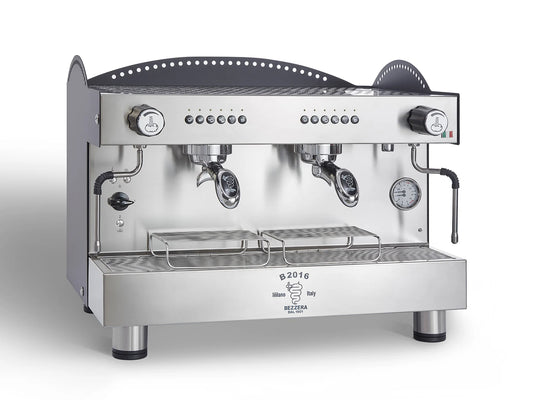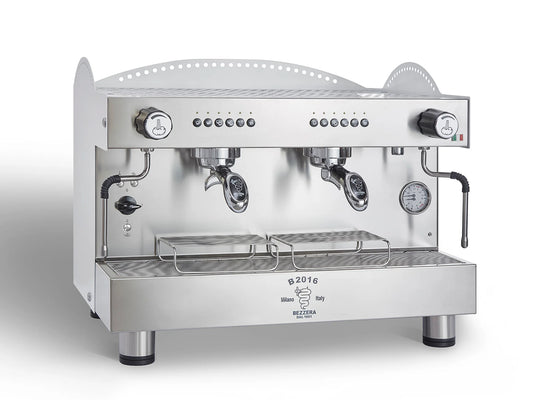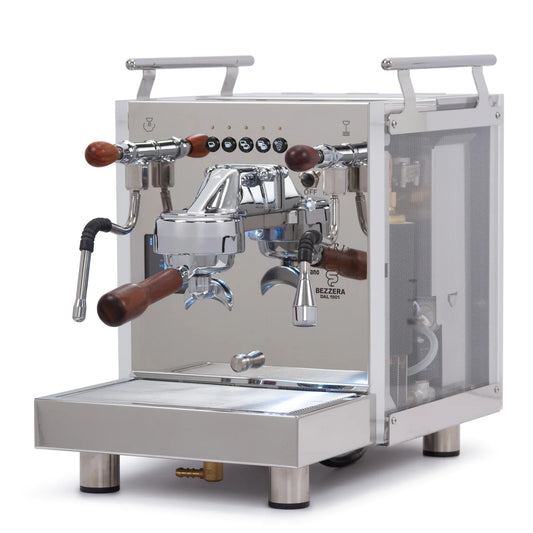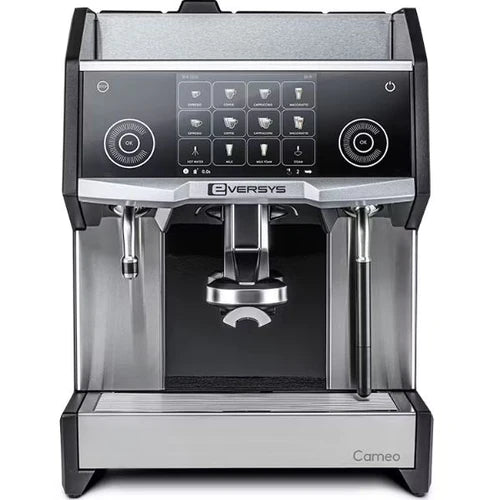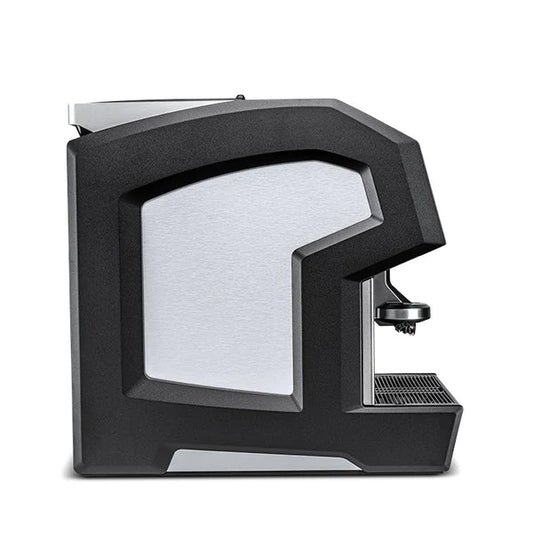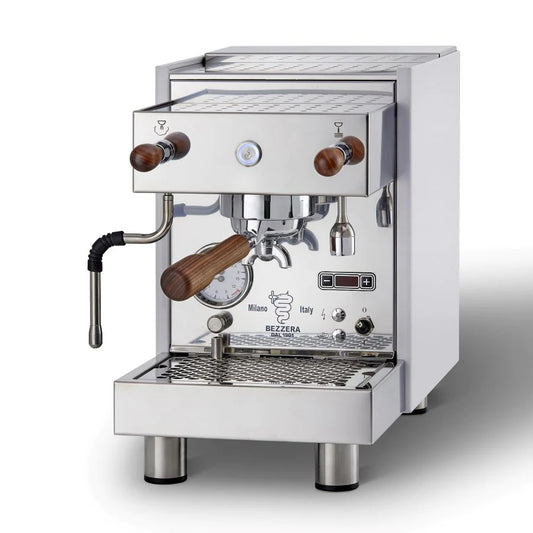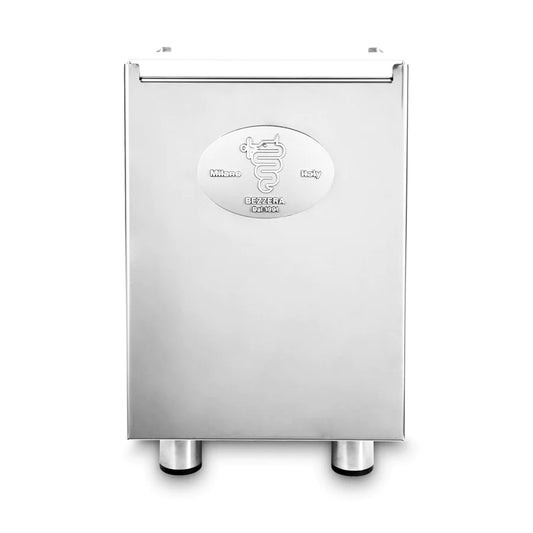Navigating the Specialty Coffee Landscape: The Imperative for Diversification
Table of Contents
- Key Highlights:
- Introduction
- The Economic Landscape of Coffee Roasting
- Market Data: The Case for Diversification
- The Product Innovation Imperative
- The Role of Community and Sustainability
- Adapting to Changing Consumption Patterns
- The Future of Specialty Coffee: A Call to Action
- FAQ
Key Highlights:
- The specialty coffee industry is experiencing significant shifts due to sustained high prices and evolving consumer preferences, necessitating strategic diversification for profitability.
- The ready-to-drink coffee segment has seen an 83% increase among specialty coffee drinkers since 2023, underlining the demand for convenience without compromising quality.
- Innovative product offerings, such as drip coffee bags, are emerging as essential solutions for roasters to meet consumer demands for both convenience and quality.
Introduction
The specialty coffee industry stands at a pivotal crossroads, facing a multitude of challenges and opportunities. As coffee prices remain elevated, roasters are compelled to rethink their traditional business strategies while also adapting to rapidly evolving consumer behaviors. This transformation is not merely a reaction to external pressures; it signals a broader shift in how coffee is perceived and consumed across different contexts—home, work, and on-the-go. In conversations with industry leaders Mark Zhou of MTPak Coffee and Dustin Joseph of Left Hand Roasters, it becomes evident that the path forward hinges on diversification. By understanding consumer needs and leveraging innovative product formats, roasters can thrive in an increasingly competitive marketplace.
The Economic Landscape of Coffee Roasting
The current economic environment presents a complex tapestry of challenges for coffee roasters. Persistent high coffee prices have significantly compressed profit margins, forcing businesses to reassess their financial structures. Mark Zhou articulates this sentiment, noting that the surge in green coffee costs—nearly doubling over the past two years—has prompted a reevaluation of budgets and expenses across the industry.
This financial strain is compounded by changing consumer behavior. The latest National Coffee Data Trends report indicates a notable rise in specialty coffee consumption in the U.S., even amid economic uncertainties. In January 2025, past-day specialty coffee consumption reached its highest level in recent years, demonstrating that consumers are willing to invest in quality coffee despite financial pressures. This trend underscores the necessity for roasters to capture a growing market while navigating tighter margins.
Consumer Preferences Evolving
As consumers increasingly view coffee as an integral part of their daily lives, the industry must adapt to meet these changing preferences. Coffee is no longer confined to traditional settings; it has become an essential ritual that spans various consumption occasions. Roasters must therefore reevaluate their offerings, focusing on product variety, packaging formats, and distribution strategies that align with modern consumer habits.
The shift towards viewing coffee as a staple rather than a luxury item brings both challenges and opportunities. Roasters are tasked with delivering quality and convenience, ensuring that products meet the demands of consumers who expect café-like experiences at home and beyond.
Market Data: The Case for Diversification
Key industry reports reveal a dramatic transformation in coffee consumption patterns, emphasizing the urgent need for diversification among roasters. For instance, the National Coffee Association (NCA) reports that ready-to-drink (RTD) coffee has surged to become the third most popular preparation method among specialty coffee drinkers, showing growth of over 83% since 2023. This trend indicates a strong consumer preference for convenient options without sacrificing quality.
The Rise of Ready-to-Drink Coffee
The RTD coffee market, valued at approximately $6.46 billion in 2024, is projected to reach $8.61 billion by 2029. This rapid growth signals a shift in consumer behavior, where convenience is paramount. Traditional brewing methods still dominate, with drip coffee makers and single-cup brewers leading the market. However, the rising demand for RTD options illustrates a broader market transition, challenging roasters to adapt quickly.
Interestingly, this trend isn't confined to the U.S. market alone. In Europe and the UK, instant coffee has been experiencing a resurgence, driven by rising prices that push consumers towards more affordable yet quality options. For specialty coffee roasters, this represents a critical juncture where they must balance accessibility with their commitment to quality.
Opportunities in Emerging Markets
Emerging markets, particularly in regions like India, are witnessing a rapid evolution in coffee consumption patterns. Urbanization and changing lifestyles are driving new demand for premium coffee experiences, creating significant opportunities for roasters to cater to local preferences. By tailoring offerings to meet the unique tastes of these markets, roasters can maintain high standards while promoting specialty coffee.
The Product Innovation Imperative
In response to the shifting landscape, coffee roasters must prioritize product innovation. Consumers today seek diverse options that cater to their desire for convenience and quality. This demand spans various formats, from traditional whole bean and ground coffee to innovative packaging solutions that enhance freshness and usability.
Introducing Drip Coffee Bags
One notable innovation gaining traction is the development of portable drip coffee bags. These products serve as a bridge between the convenience of instant coffee and the quality expected from specialty coffee. Mark Zhou emphasizes the importance of this format, stating that it allows consumers to enjoy high-quality coffee in any setting.
Drip coffee bags offer a customizable experience, enabling roasters to differentiate their brands while meeting consumer demands. MTPak Coffee’s offerings, for example, leverage advanced packaging technology to preserve the freshness of coffee, allowing for a café-quality experience at home or on the go.
Balancing Quality and Accessibility
The challenge for roasters lies in balancing the need for accessibility with their commitment to quality. As the market for convenient coffee options expands, specialty coffee roasters must ensure their products remain true to the flavor and experience that consumers expect. This may require exploring new sourcing strategies, partnerships, and innovative packaging that aligns with consumer expectations.
The Role of Community and Sustainability
In an industry facing numerous challenges, the notion of community remains paramount. Coffee shops historically serve as hubs for social interaction, fostering a sense of belonging. Dustin Joseph highlights the importance of this community aspect, asserting that cafés play a crucial role in driving positive change within the coffee industry. As consumer preferences evolve, so too must the values and practices of the industry.
Embracing Sustainability
The future of specialty coffee will undoubtedly revolve around sustainability and ethical practices. Consumers are increasingly prioritizing brands that demonstrate a commitment to responsible sourcing and environmental stewardship. Roasters must actively engage in sustainable practices, from sourcing beans to packaging solutions, to meet the expectations of socially conscious consumers.
As the industry evolves, embracing sustainability can serve as a competitive advantage, attracting consumers who prioritize ethical considerations in their purchasing decisions. This focus not only benefits the environment but also enhances brand loyalty and consumer trust.
Adapting to Changing Consumption Patterns
The home remains the dominant location for coffee consumption, a trend likely to persist as high coffee prices continue to influence consumer behavior. However, this does not mean consumers are willing to compromise on quality or experience. They seek products that deliver café-quality coffee across multiple occasions, whether at home, in the office, or while traveling.
The Importance of Freshness
Freshness is a critical factor for consumers, particularly when it comes to specialty coffee. Innovative packaging solutions that preserve flavor and aroma are essential for maintaining quality standards. Roasters must invest in technologies that protect their products from factors that diminish freshness, ensuring that consumers enjoy the best possible coffee experience.
The Future of Specialty Coffee: A Call to Action
As the specialty coffee industry navigates these turbulent waters, the imperative for diversification becomes clear. Roasters must adapt to changing consumer preferences, embrace innovative product formats, and prioritize sustainability to thrive in this evolving landscape. The path forward requires a commitment to understanding consumer needs while maintaining the quality and authenticity that define specialty coffee.
Building Stronger Consumer Connections
To succeed, roasters should focus on building stronger connections with consumers, engaging them through storytelling, education, and transparency. By sharing the journey of their coffee—from farm to cup—roasters can cultivate a deeper appreciation for their products, fostering brand loyalty and a sense of community.
FAQ
What is driving the current changes in the specialty coffee industry?
The specialty coffee industry is experiencing shifts due to high coffee prices, evolving consumer preferences for convenience and quality, and the need for strategic diversification among roasters.
How can coffee roasters adapt to changing consumer behaviors?
Roasters can adapt by diversifying their product offerings, focusing on innovative packaging solutions, and prioritizing sustainability to meet consumer demands for quality and ethical practices.
What role does sustainability play in the future of specialty coffee?
Sustainability is becoming increasingly important to consumers, and roasters that embrace ethical sourcing and environmentally friendly practices can differentiate themselves in a competitive market.
What are some examples of innovative coffee products?
Examples include portable drip coffee bags, ready-to-drink coffee options, and various formats that cater to convenience while maintaining quality.
How can roasters ensure their products remain fresh?
Investing in advanced packaging technologies that preserve flavor and aroma is essential for ensuring that specialty coffee maintains its quality from production to consumption.

